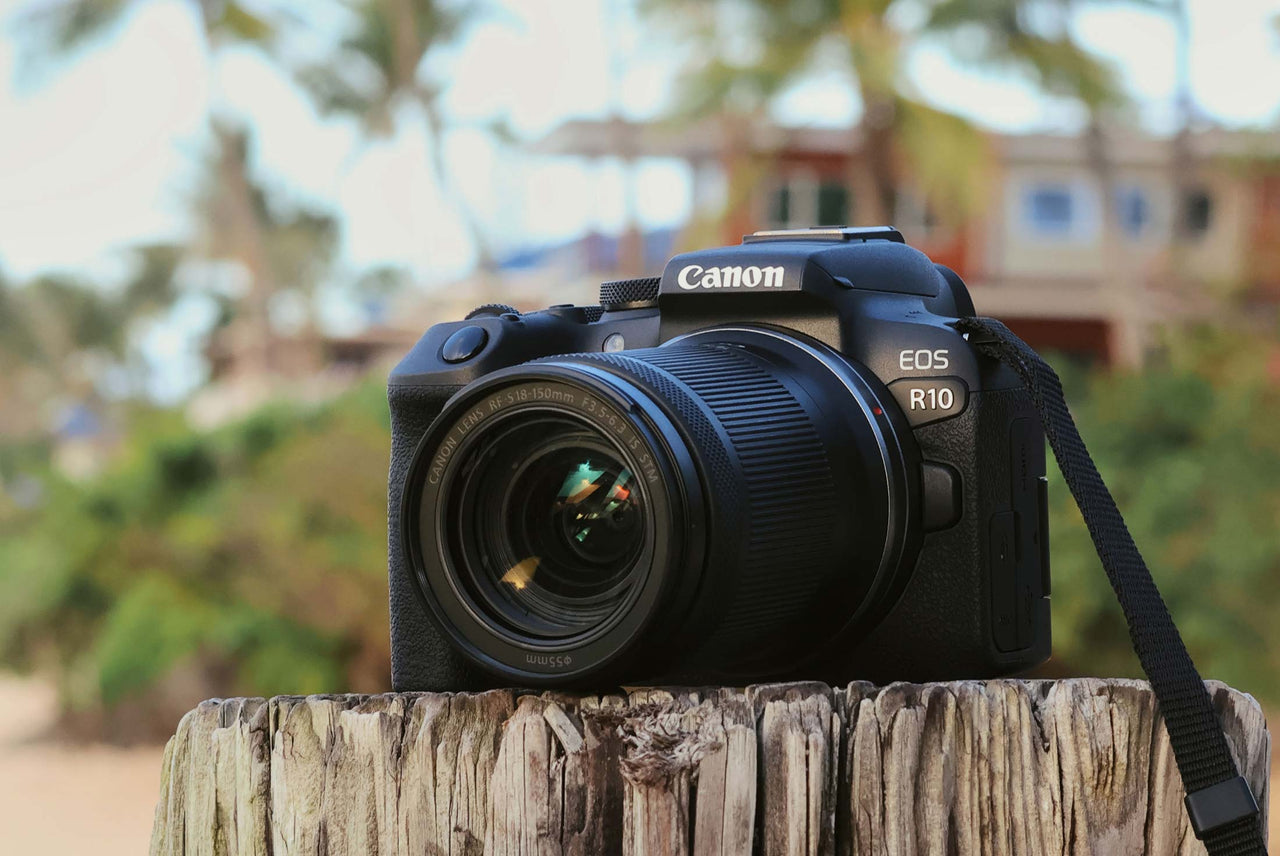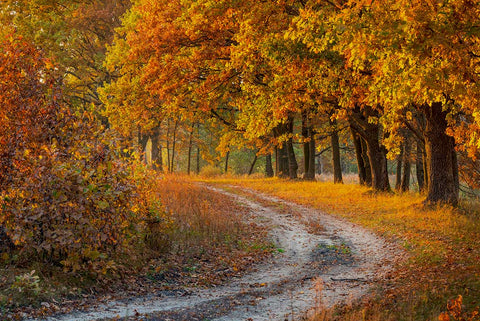You may have heard about the new kid in town: the Canon EOS R10 APS-C Mirrorless Camera.
The Canon EOS R10 has:
- Incredibly accurate AI-tuned autofocus that recognizes animals, people and vehicles
- A blazingly fast drive mode that captures up to 23 frames per second with the electronic shutter
- A camera body that’s almost unbelievably small and light for all the capability it packs
- Twenty four megapixels of stunning image quality, capable of high detail in any situation
- A sub $1,000 price range that can get you into the Canon R system
Photographer Bill Koley was able to capture this incredible image of a hummingbird with the newest Canon R-system camera, the mirrorless Canon R10. Delivering up to 23 frames per second with the electronic shutter, combining the fast drive mode with an insanely accurate autofocus system delivers stunning results.
The Canon EOS R10 has all those things, but the total package adds up to much more than just a checklist of features.
Photographers Bill Koley and Jerred Zegelis were able to take the camera out to see how it performs in the field, and they both came away impressed.
“The ability to get some extra reach with the APS - C sensor is what I love most,” Rockbrook Camera Education Director Jerred Zegelis said. “It makes it an almost-perfect nature and wildlife camera.”
Zegelis is talking about the camera’s sensor size here. The Canon R10 is not a full-frame camera, and in his opinion, that’s a good thing.
“Putting something like the RF 70-200mm f/2.8 lens on the R10 gives me a range of 112-360mm,” Zegelis said. “That just means I get to be ‘closer’ to the scene, and with something like the RF 600mm f/11, I can get the reach of almost 960mm in a small, light and take-anywhere package.”
This turkey was a fair distance away from photographer and Rockbrook Education Director Jerred Zegelis. The extra “reach” that the Canon R10 gives from its APSC sensor size is perfect for wildlife photographers looking to get closer to the subject without scaring it away. 📷 Jerred Zegelis
Zegelis also said he came away impressed by the autofocus system.
“I wasn’t sure the camera would focus well at almost 960mm,” he said. “I could barely keep a flying duck in my viewfinder, but the autofocus snapped to the duck’s eye and locked focus as it moved.”

The accurate autofocus is due to the incredible ability of the camera to adjust to multiple situations and correctly focus on the subject. The AI autofocus in the camera can recognize subjects such as vehicles, people and many types of animals. It doesn’t just lock in on their body, it looks for their eye and has the ability to track the subject even if if it’s moving quickly.
In this photograph, Zegelis used the entire autofocus screen to tell the camera to look for “animals.” The AI intelligently found the bee and focused on it as it entered the scene. 📷 Jerred Zegelis
Rockbrook salesperson and photographer Bill Koley found the Canon R10 more than capable on his recent trip to the Zoo with the R10 and a variety of RF lenses.
Getting closer than ever before is easy with the R10 and the RF800mm f/11. Since the R10 is an APSC sensor, and not full frame, the lens acts more like a lens with a telephoto focal length of 1280mm. 📷 Bill Koley
Koley found the prospect of using the R10 with existing RF lenses exciting because it allows photographers to get into one of the most powerful camera systems available at a lower price point than ever before.
“Something at this price point didn’t exist before the R10,” Koley said.
This uncropped photograph of a giraffe would have been nearly impossible without the R10 and RF800mm combination. 📷 Bill Koley
While the autofocus and ability of the Canon R10 to reach telephoto focal lengths that were difficult to achieve previously, he’s just as impressed with the image quality.
“The quality of the images are as good or better than any Rebel Canon ever made,” Koley said.
The Canon R10 has the ability to resolve beautiful detail and color, even in lower light and higher ISO values. This picture, captured with the RF100-400mm lens was photographed at ISO 640. 📷 Bill Koley
This photograph was taken with the Canon R10 and the RF100mm f/2.8 macro lens. The level of fidelity the camera is capable of resolving is a testament to how this camera performs with the RF system of lenses. 📷 Bill Koley
The Canon R10 is one of the smallest and lightest cameras on the market today, and it comes in at under $1,000 for the body.
However, both Koley and Zegelis think the R10 does quite a bit with such a small and affordable body.
“It was so much fun to shoot with because it was light and easy to fit in my bag,” Zegelis said. “It’s definitely a camera that will do incredible things for photographers looking for some extra reach, such as birders and wildlife lovers.”
Koley agrees.
“If you’re looking for an entry-level mirrorless camera that performs on par with more expensive full frame cameras, this is it,” Koley said. “It brings you 90% of the performance of a top tier camera for much less.”
Additional Photographs with the Canon EOS R10

The Canon R10 is capable of soft and beautiful background blur. This photograph was taken with the RF 70-200 f/2.8 lens. 📷 Jerred Zegelis

Turtles can be skittish and will often times jump off their resting places like this when you approach. The Canon R10 with a telephoto lens is perfect for nature and wildlife photographers since the photographer doesn’t have to stand as close to get an intimate and detailed portrait of wildlife. 📷 Jerred Zegelis

Although this duck was far away and behind a layer of leaves, the camera’s “animal” autofocus system was able to track the eye and focus quickly and accurately. 📷 Jerred Zegelis

The Canon R10 can resolve high levels of detail. Here the tongue of the Green Heron is clearly visible, even though the bird was a long distance away. This Green Heron was tracking some prey, and the Canon R10 was locked onto the animal’s eye. The photographer, Education Director Jerred Zegelis, was able simply press down on the camera’s autofocus activation, and a small box appeared on the heron’s eye, tracking it as it moved throughout the scene. 📷 Jerred Zegelis

Combine the Canon R10 with something like the RF800mm f/11 or the RF 100-500 and you’ve got an unbelievable ability to get closer to the animals than ever before. Each of these photographs brought photographer Bill Koley close to the animal, creating portraits of the creatures that bring out their details, colors and unique features. 📷 Bill Koley

Anyone who knows this spot realizes that this young elephant is often far away. With the Canon R10, photographers using existing telephoto lenses are able to get in closer than they thought possible with the R system’s full-frame options. 📷 Bill Koley













